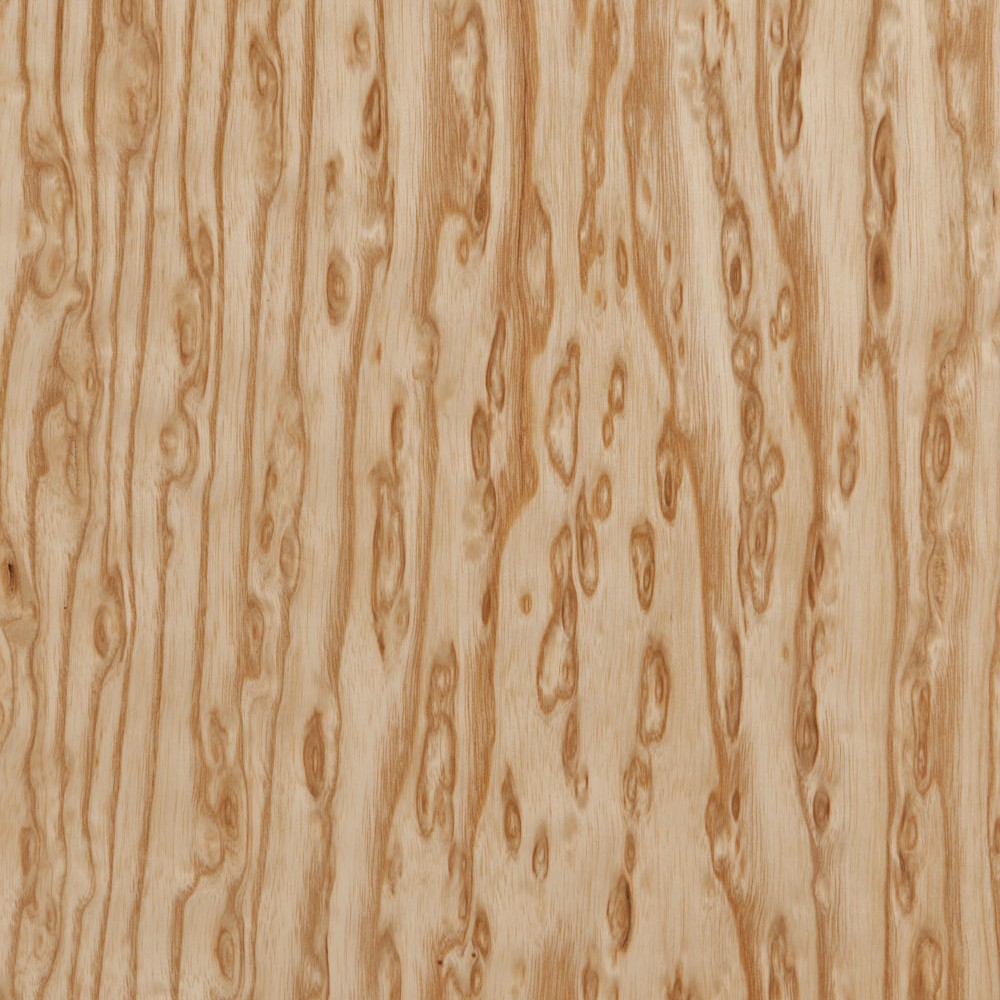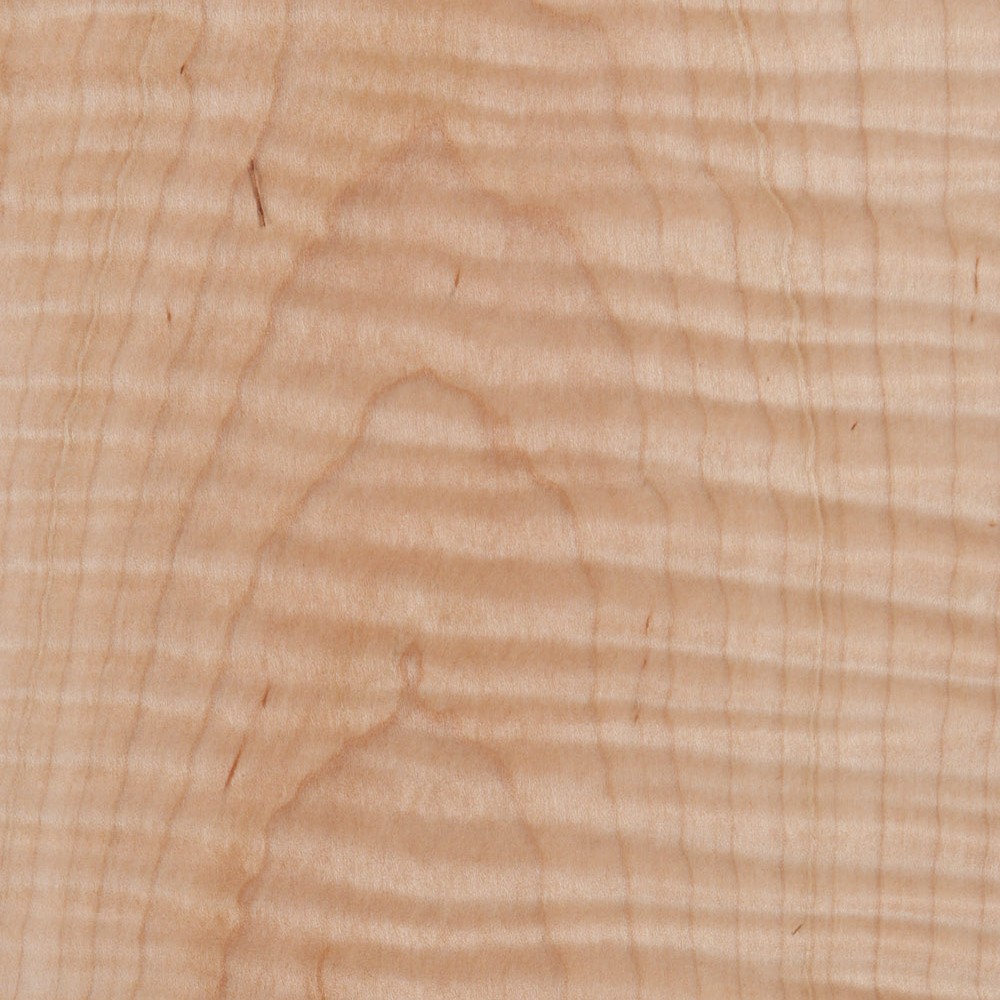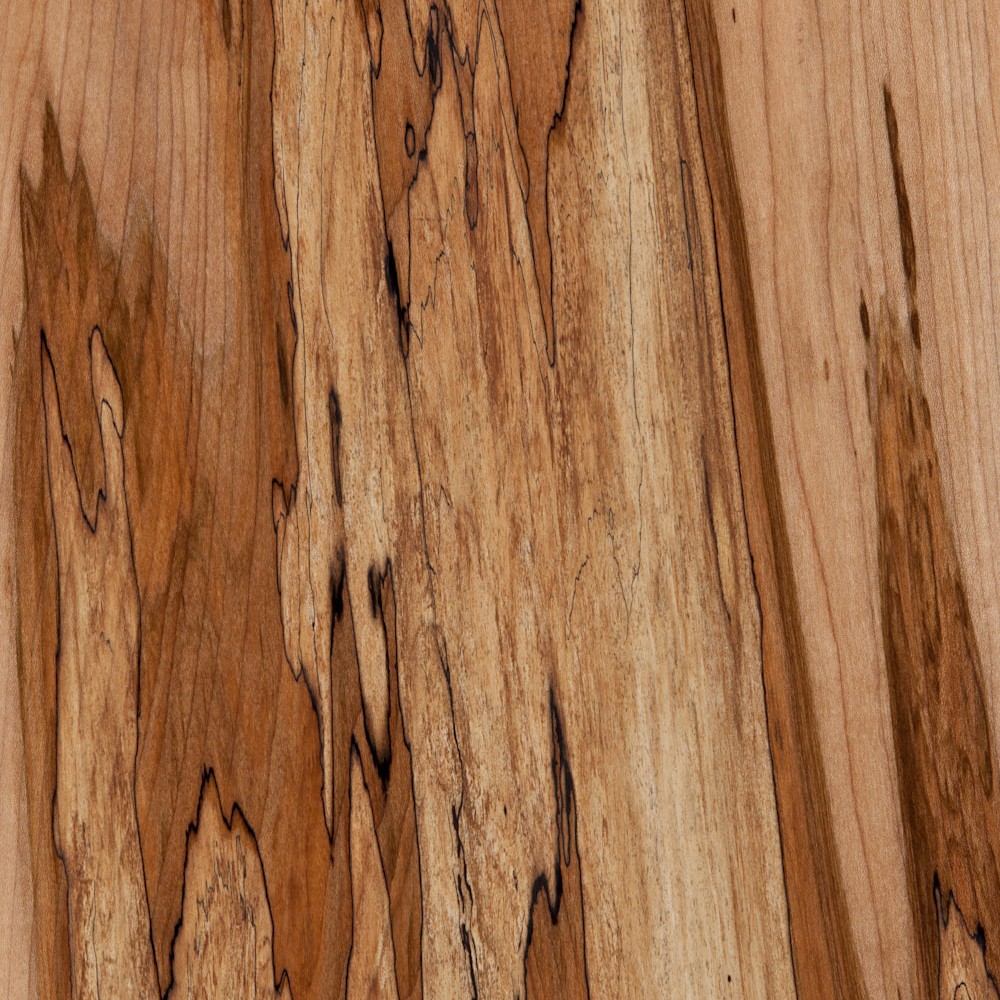Highlight Unique Wooden Figure in Your Next Woodworking Project
For wood enthusiasts, finding the perfect project for that extra-special piece of wood is what makes this kind of craftsmanship a fun challenge. Each piece has its own unique story to tell through its wooden figure or unique markings.
At Keim Home Center, we take delight in the charm and character represented by each different wood species, individual piece, and how each cut can affect what wooden figures may be revealed. Like opening a gift, you never know what qualities may be found inside each timber.
Figuring Out Wood Figure
What exactly is wood figure and how is it made? It may seem that sawing wood is a simple procedure, but we can assure you there is more than one way to split a log.
Sometimes a skilled wood specialist can reveal wood figure depending on how the wood is cut. A common example is quarter-sawn oak, where cutting the log into quarters prior to planks produces a gorgeous ray figure called “silver grain.” Most often, the wood figure is affected by the tree species, environment, soil, or other irregularities in the tree itself.
To be clear, wood figure is separate but related to wood grain. The wood grain shows how the fibers of the wood are aligned in the tree. Whereas a distinct wood figure is a combination of color, grain, luster, and texture.
Keim’s Favorite Wood Figure
Bee’s Wing: This tightly mottled pattern can be found in East Indian Satinwood Mahogany, Bubinga, and eucalyptus.

Birdseye: Seen in hard maple, this distinctive pattern forms small, circular
gleaming spots.
Blister: With a smooth, yet 3-D effect, the bubble-like pattern looks blistered or cloud-like and is created from when timber is half-round-cut or if a log is sawn rotary.
Burl: Coveted by wood carvers and frequently used for one-of-a-kind wooden bowls, this wart-like growth on the side of a tree forms a wavy, twisted pattern.
Crossfire: This stunning figure encompasses any pattern that goes against the grain, including curly and fiddleback.
Crotch: A Y-shaped design develops where a branch connects to a trunk, often highlighted in Mahogany or Walnut veneers.

Curly: Reflecting light like rolling waves, curly figure can rise in a staircase-like fashion or roll across the grain.
Fiddleback: Revealed by quartersawing, this characteristic produces an extremely straight grain paired with perpendicular curls.
Mottle: Larger than Bee’s Wing, this cross-grain figure presents a wrinkled effect in a random or checkerboard style.
Roe: Quick stripes from interlocking grains displayed in quarter-sawn hardwoods.

Spalted: Formed from ancient microorganisms, the web-like dark lines tell a story of wood’s slow decay.
Swirl: A soft crotch figure found in Cherry, Mahogany, Maple, and Walnut, in which the grain may swirl, fold, or wander.
In the Woodshed at Keim Home Center, you can hand-select the form and figure of wood slabs and explore hard-to-find wood species from around the world. Stop by and see for yourself how different wood figures dramatically change the character and presentation of a piece of wood. What a chance to let nature’s beauty make your next project shine!
Located on 50 acres in the rolling hills of Holmes County, Keim is the destination and trusted source for your home, building, and woodworking needs. Founded in 1911, our fourth-generation family business is dedicated to caring for your project like we care for our own.